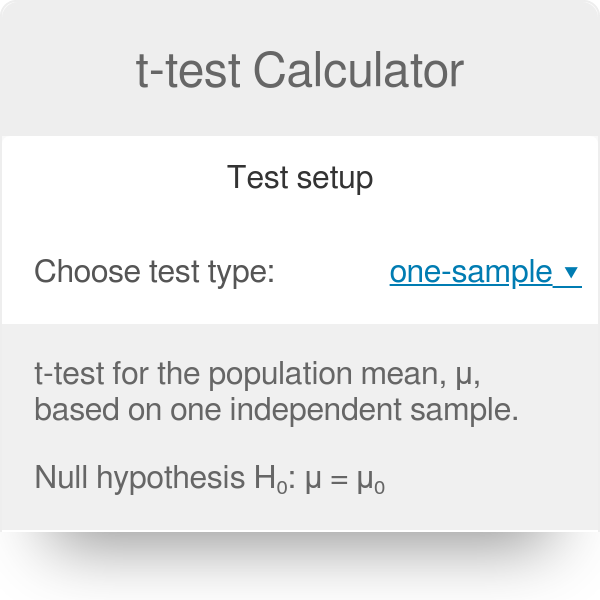


At this point, the new sample of differences d 1 = 0.0, …, d 9 = 0.1 in the third column of Table 9.2 "Fuel Economy of Pairs of Vehicles" may be considered as a random sample of size n = 9 selected from a population with mean μ d = μ 1 − μ 2.

What is correct is to compute the difference in the numbers in each pair (subtracting in the same order each time) to obtain the third column of numbers as shown in Table 9.2 "Fuel Economy of Pairs of Vehicles" and treat the differences as the data. It would be incorrect to analyze the data using the formulas from the previous section, however, since the samples were not drawn independently. The first column of numbers form a sample from Population 1, the population of all cars operated on Type 1 gasoline the second column of numbers form a sample from Population 2, the population of all cars operated on Type 2 gasoline. Table 9.1 Fuel Economy of Pairs of Vehicles Make and Model Thus the data would look something like Table 9.1 "Fuel Economy of Pairs of Vehicles", where the first car in each pair is operated on one formulation of the fuel (call it Type 1 gasoline) and the second car is operated on the second (call it Type 2 gasoline). Instead of independent random samples, it would make more sense to select pairs of cars of the same make and model and driven under similar circumstances, and compare the fuel economy of the two cars in each pair. Just imagine one random sample having many more large vehicles than the other. Since fuel economy varies widely from car to car, if the mean fuel economy of two independent samples of vehicles run on the two types of fuel were compared, even if one formulation were better than the other the large variability from vehicle to vehicle might make any difference arising from difference in fuel difficult to detect. Suppose chemical engineers wish to compare the fuel economy obtained by two different formulations of gasoline.
#Difference between two mean hypothesis test calculator how to
To learn how to perform a test of hypotheses concerning the difference in the means of two distinct populations using paired samples.To learn how to construct a confidence interval for the difference in the means of two distinct populations using paired samples.To learn the distinction between independent samples and paired samples.


 0 kommentar(er)
0 kommentar(er)
